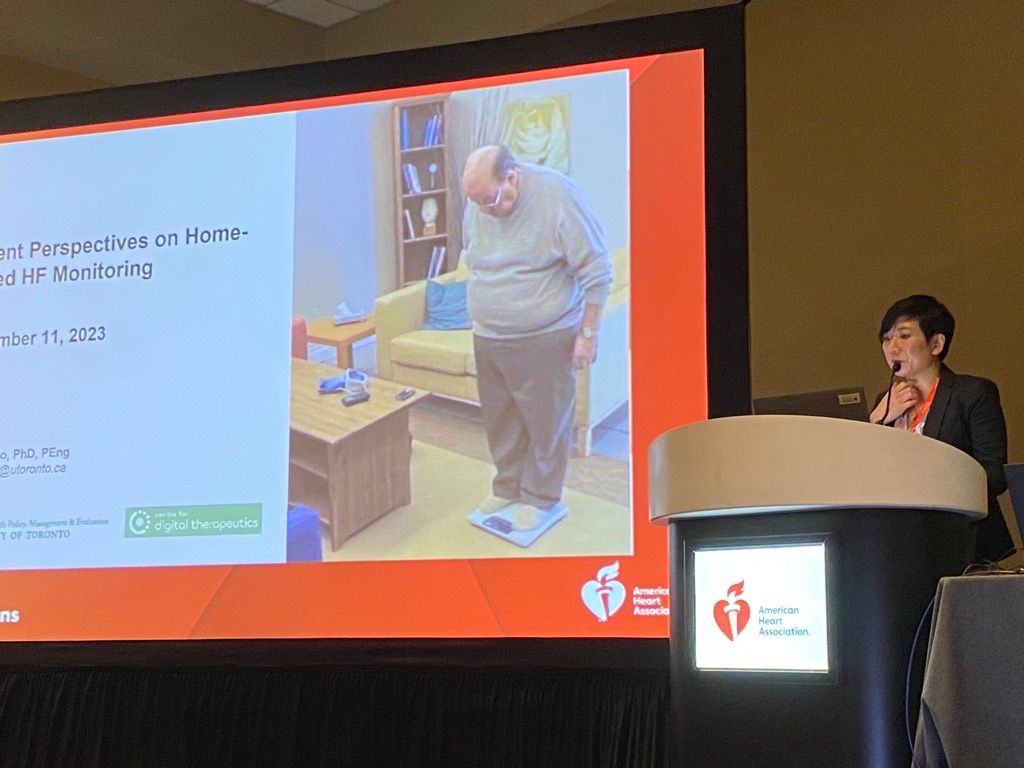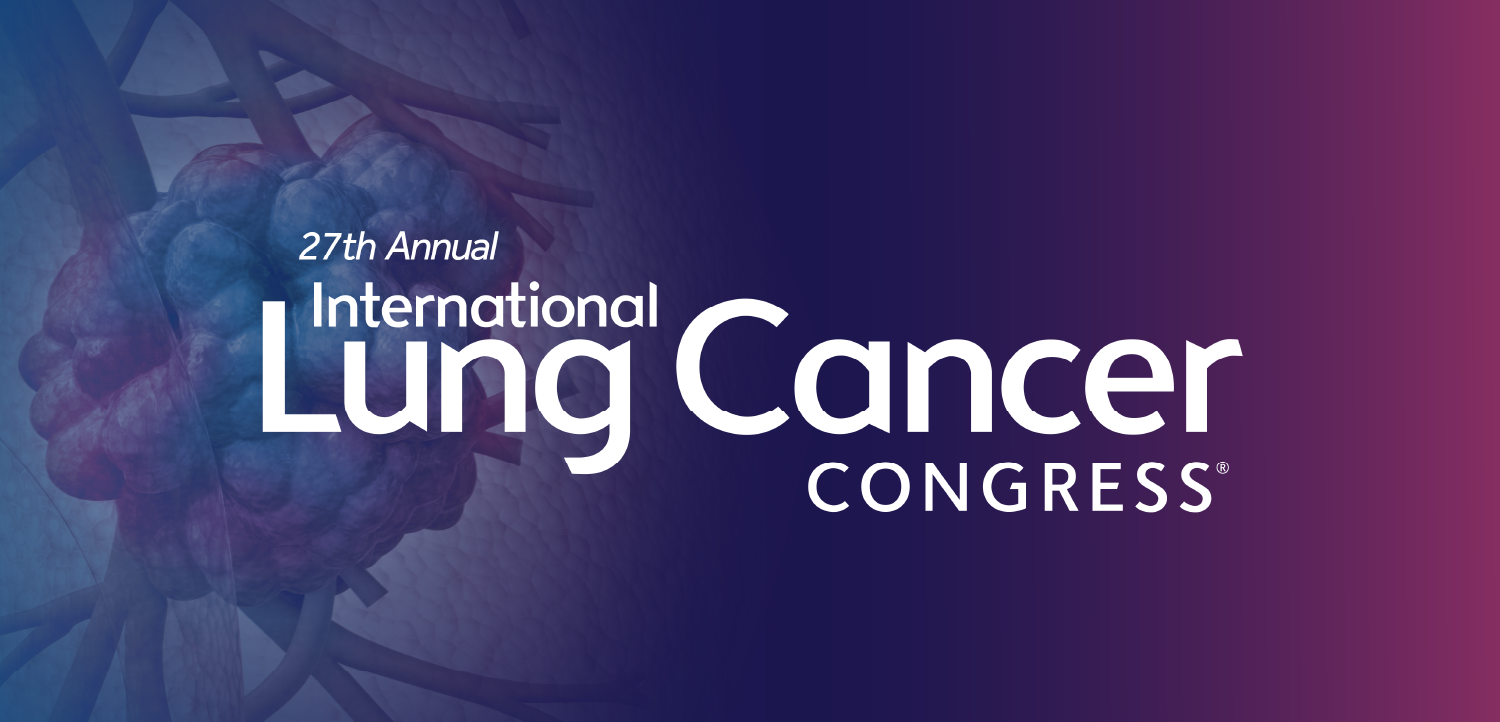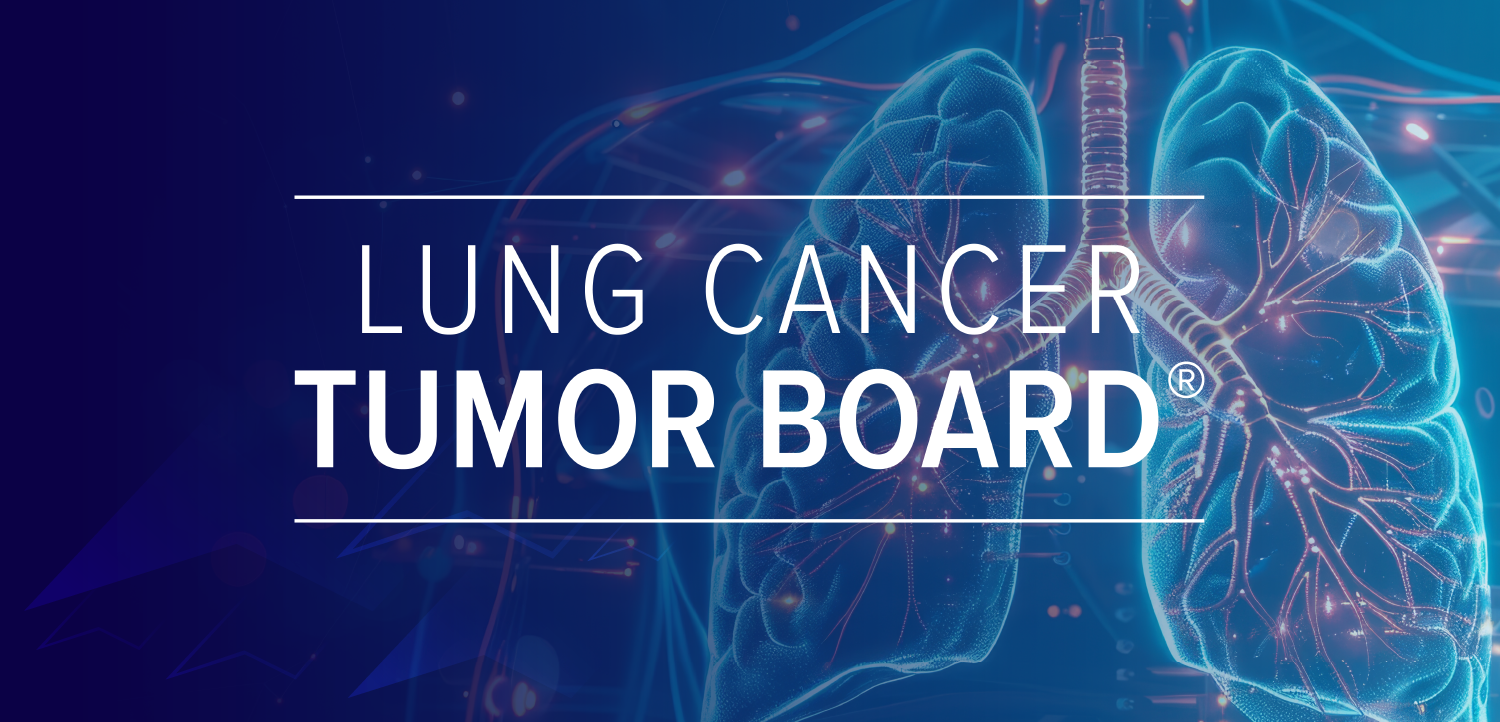
Digital Health
Latest News
Latest Videos
Podcasts
CME Content
More News

In recent years, the use of drone technologies and healthcare delivery has become a hot topic in scholarly discussions as they have attributed to address challenges associated with poor road conditions, transportation limitations and the need for more efficient responses to healthcare emergencies.


The company is working with large health systems such as the Mayo Clinic and Kaiser Permanente, and Rami Karjian expects more delivery of acute care in the home.

Patients were more likely to stick with buprenorphine for 90 days, suggesting the value of virtual care. But researchers also found disparities in access.

After pressing from healthcare advocates, the federal government continues some flexibilities that had been set to expire. Now the press is to make reforms permanent.

Here’s what you need to know and do considering the DOJ’s and HHS’s drastically expanded use of digital tools to investigate and prosecute those who work in the field of healthcare, including innocent practices and providers.

Healthcare organizations should make sure physicians and other caregivers are satisfied with their virtual care solutions if they want to expand their offerings.

Patients are choosing virtual care for mental health needs. But telehealth usage in other areas has dropped, suggesting some patients prefer office visits.
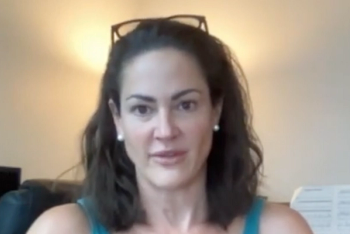
Goldsack discussed applying AI and full-stack virtual care-first solutions in oncology and the Digital Medicine Society’s role in CancerX, one of the Biden administration’s Cancer Moonshot initiatives in a recent interview with Managed Healthcare Executive.

Goldsack also explained the Digital Medicine Society’s role as a convener and developer of evidentiary frameworks in a recent interview with Managed Healthcare Executive.

Boston Medical Center was named the most racially inclusive hospital by the Lown Institute. A leader of the hospital’s equity efforts touts the value of virtual care.

Most commercial payers cover remote physiologic monitoring, but coverage of electronic consults and electronic visits is less consistent. Commercial plans also have different levels of transparency.
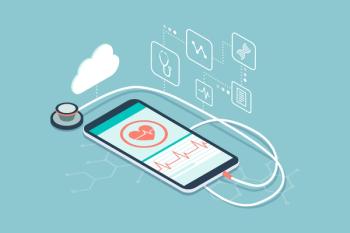
The assessment framework developed by Peterson Health Technology Institute and the Institute for Clinical and Economic Research will prioritize products’ clinical benefits and economic impact of digital health technologies. The companies will announce the first set of health technologies to be reviewed by mid-October.

Opportunity still exists despite market conditions.

Study finds that standardized reporting of patient adherence and engagement among digital health interventions for depression offers more effective comparisons between digital health tools and populations.

Researchers found a sharp rise in virtual visits in skilled nursing facilities in 2020, but most of those gains didn’t last.

Whether they saw patients in an office or virtually, doctors prescribed medication for attention deficit hyperactivity disorder at similar rates, according to an analysis by Epic Research.

TimelyCare, a virtual care company focused on higher education, offers counseling and behavioral health services around the clock.

Training an AI model to identify LVSD from single-lead ECG data would allow more reliable, earlier diagnosis.

Researchers found that some patients had a higher no-show rate for virtual appointments than those with office visits.

Improving patient monitoring through care-at-home services could help reduce maternal mortality, they say.
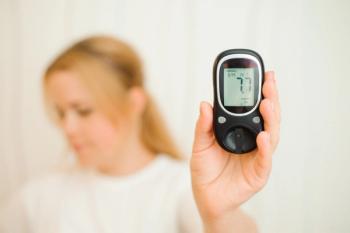
Dario is using Sanofi’s research infrastructure to evaluate its digital health products.
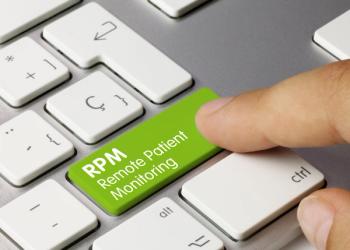
A recent report shared the market's expansion is mainly driven by the growing prevalence of chronic diseases, which has increased the demand for remote health monitoring and efficient healthcare solutions.

The newly formed Peterson Health Technology Institute was launched with $50 million to analyze clinical benefits and economic impact of new health technologies.

In a study recently published in the JAMA Network, researchers sought to investigate the use of patient-facing digital health technologies for opioid use disorder (OUD) by organizations in the United States with ACO contracts. The search began as it was unclear whether these technologies serve as substitute or complements to traditional SUD treatment resources in health care organizations.




